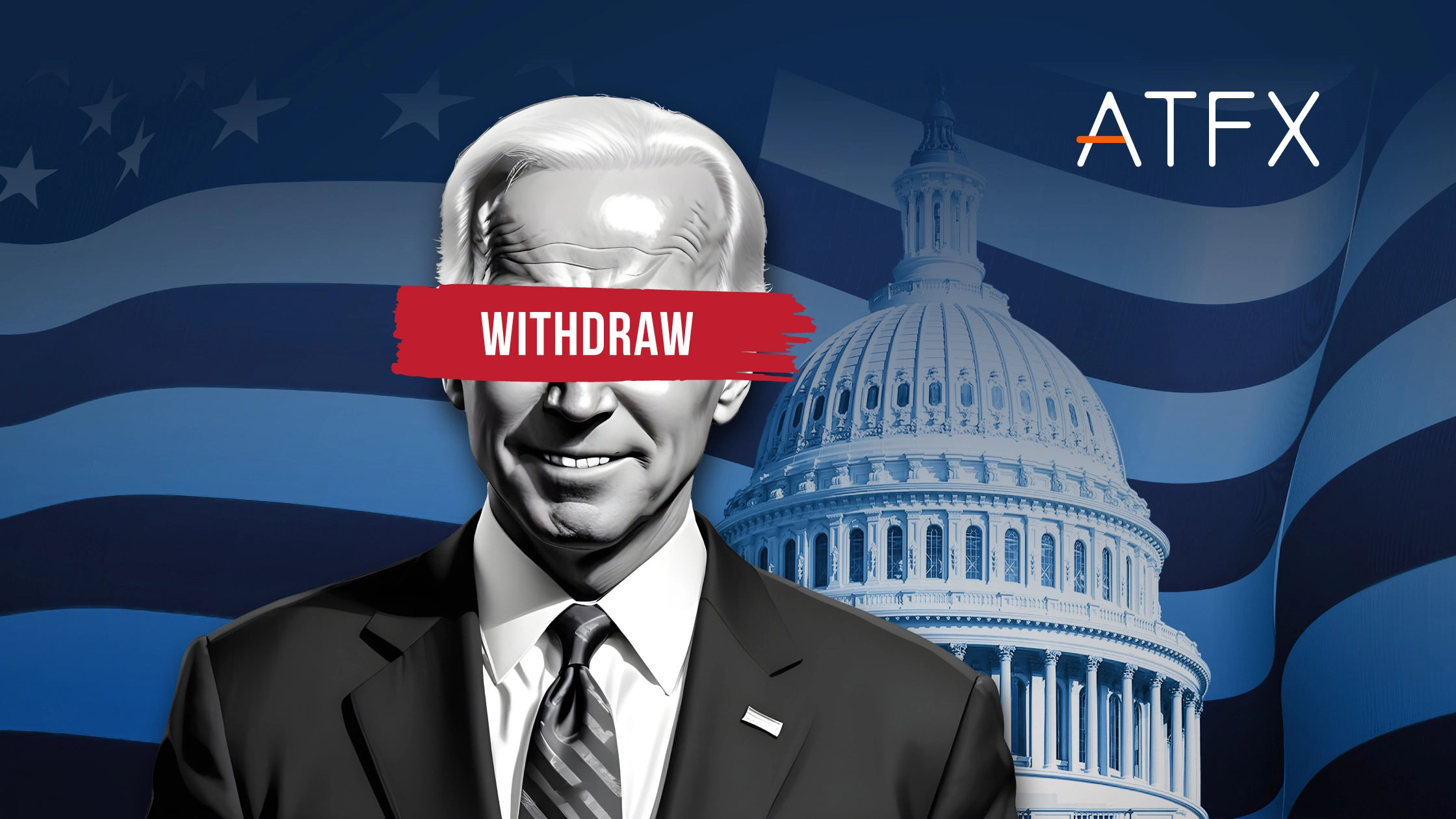Combating Measles Persistence: Strategies For Improved Vaccination Coverage

Table of Contents
Addressing Vaccine Hesitancy and Misinformation
Addressing the pervasive issue of vaccine hesitancy is paramount to boosting measles vaccination coverage. Misinformation and distrust in vaccines fuel this hesitancy, leading to decreased vaccination rates and increased vulnerability to outbreaks.
Understanding the Roots of Vaccine Hesitancy
Several factors contribute to vaccine hesitancy. These include:
- Fear of side effects: Many individuals harbor unfounded fears about severe adverse effects from measles vaccines, despite overwhelming scientific evidence demonstrating their safety.
- Mistrust of authority: Distrust in government agencies, healthcare professionals, and pharmaceutical companies plays a significant role.
- Influence of social media: The rapid spread of misinformation through social media platforms creates a breeding ground for anti-vaccine sentiments and conspiracy theories.
- Religious objections: Certain religious beliefs may oppose vaccination, hindering efforts to achieve high vaccination rates within specific communities.
These concerns often stem from misconceptions about vaccine composition, efficacy, and potential side effects. For instance, the false claim that the measles, mumps, and rubella (MMR) vaccine causes autism has been widely debunked but continues to circulate online, causing considerable damage. Combating this requires proactive measures to address specific concerns with factual information.
Strategies for Combating Misinformation
Effective communication strategies are vital in countering misinformation and building trust in vaccines. This involves:
- Public health campaigns: Well-designed campaigns using diverse media platforms (television, radio, social media) can reach broader audiences and disseminate accurate information.
- Social media engagement: Proactive engagement on social media platforms allows healthcare professionals and public health organizations to directly address misinformation and interact with concerned individuals.
- Collaboration with trusted community leaders: Engaging religious leaders, community elders, and influential figures within specific communities can build trust and encourage vaccine uptake.
- Educational programs:** Implementing comprehensive educational programs in schools, healthcare settings, and community centers can empower individuals with accurate information about measles vaccines.
Successful campaigns, such as those utilizing social influencers and community outreach programs, have demonstrably improved vaccine acceptance rates in many regions.
Improving Access to Measles Vaccines
Even with high vaccine acceptance, geographical and financial barriers limit access for many populations, hindering the goal of universal measles vaccination coverage.
Geographic Barriers and Infrastructure Challenges
Reaching remote or underserved populations presents a significant challenge:
- Lack of healthcare infrastructure: Limited access to healthcare facilities, particularly in rural or conflict-affected areas, restricts vaccine availability.
- Limited access to transportation: Poor transportation infrastructure hinders access to vaccination services, especially for those living in remote areas.
- Poverty: Poverty significantly impacts access to healthcare, including vaccination, due to financial constraints and lack of resources.
- Conflict: Armed conflict and instability disrupt healthcare systems and limit access to essential services like vaccination.
Overcoming these obstacles requires innovative approaches, such as mobile vaccination clinics, community-based vaccination programs, and the training of community health workers.
Financial Barriers and Policy Interventions
The cost of vaccines and healthcare access can also prevent timely immunization:
- Affordable vaccine pricing: Ensuring affordable vaccine pricing, particularly in low-income countries, is crucial for widespread access.
- Government subsidies: Government subsidies can make vaccines more accessible and affordable to vulnerable populations.
- Health insurance coverage: Integrating measles vaccination into national health insurance programs enhances access for individuals with limited financial resources.
- Vaccine mandates: While controversial, mandatory vaccination policies, implemented responsibly, can significantly increase vaccination rates.
Government policies play a critical role in removing financial and logistical barriers to measles vaccination.
Strengthening Surveillance and Response Systems
Effective surveillance and rapid response systems are crucial for preventing and controlling measles outbreaks.
Early Detection and Outbreak Response
Robust surveillance systems are vital for early detection and immediate response:
- Effective disease monitoring: Implementing strong disease surveillance systems allows for timely identification of measles cases and outbreaks.
- Contact tracing: Effective contact tracing helps identify individuals who may have been exposed to measles and ensures timely vaccination.
- Rapid vaccination campaigns: Quickly implementing targeted vaccination campaigns in affected areas prevents widespread transmission.
Rapid response to outbreaks is critical in preventing large-scale epidemics.
Data-Driven Decision Making
Data analysis informs effective vaccination strategies:
- Monitoring vaccination coverage rates: Regular monitoring of vaccination coverage rates helps identify areas with low coverage and allows for targeted interventions.
- Identifying at-risk populations: Data analysis can identify populations at higher risk of measles infection, allowing for focused vaccination efforts.
- Evaluating program effectiveness: Evaluating the effectiveness of vaccination programs allows for adjustments and improvements to maximize impact.
Data-driven decision-making is essential for optimizing resource allocation and improving the effectiveness of measles vaccination campaigns.
Conclusion
Improving measles vaccination coverage requires a multi-pronged approach. Addressing vaccine hesitancy through transparent communication and community engagement, enhancing access to vaccines by removing financial and geographic barriers, and strengthening surveillance and response systems are crucial steps. High measles vaccination rates are essential for protecting communities from outbreaks and ultimately eradicating this preventable disease. We urge readers to learn more about measles vaccination, support initiatives aimed at increasing measles vaccine uptake, and advocate for policies that promote high measles vaccination rates and improve measles immunization across all communities. Let's work together to achieve a world free from the threat of measles.

Featured Posts
-
 Pre Market Jump For Live Music Stocks Following Market Turbulence
May 30, 2025
Pre Market Jump For Live Music Stocks Following Market Turbulence
May 30, 2025 -
 Another Warning For Jon Jones Why A Fight With Aspinall Is Too Risky
May 30, 2025
Another Warning For Jon Jones Why A Fight With Aspinall Is Too Risky
May 30, 2025 -
 Late Winter Storm Causes Significant Damage In San Diego
May 30, 2025
Late Winter Storm Causes Significant Damage In San Diego
May 30, 2025 -
 Rediscovering A Hollywood Golden Age Film Critic
May 30, 2025
Rediscovering A Hollywood Golden Age Film Critic
May 30, 2025 -
 Home Sales Crisis Realtors Report Sagging Market
May 30, 2025
Home Sales Crisis Realtors Report Sagging Market
May 30, 2025
Latest Posts
-
 Munichs Bmw Open 2025 Zverev Battles Griekspoor In Quarter Finals
May 31, 2025
Munichs Bmw Open 2025 Zverev Battles Griekspoor In Quarter Finals
May 31, 2025 -
 May Day Rally In Kingston Images Show Strength And Solidarity Daily Freeman
May 31, 2025
May Day Rally In Kingston Images Show Strength And Solidarity Daily Freeman
May 31, 2025 -
 Bmw Open 2025 Zverev Griekspoor Quarter Final Showdown In Munich
May 31, 2025
Bmw Open 2025 Zverev Griekspoor Quarter Final Showdown In Munich
May 31, 2025 -
 Indian Wells Surprise Zverevs First Match Exit And His Honest Assessment
May 31, 2025
Indian Wells Surprise Zverevs First Match Exit And His Honest Assessment
May 31, 2025 -
 Trump Administration Loses Key Advisor Elon Musks Resignation Explained
May 31, 2025
Trump Administration Loses Key Advisor Elon Musks Resignation Explained
May 31, 2025
